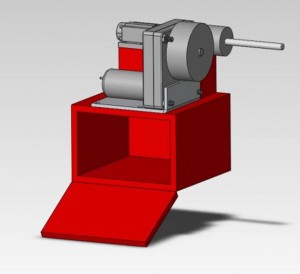By Joe Bridgeman
Group projects in high school taught me one thing: trust no one. It seemed that every group member’s goal was to do the least amount of work possible and leave it to the select few who cared enough about their grade to take on the extra work.
Unfortunately, group work is very common for end-of-the-semester projects for many majors in college.
Fortunately, your group members in these projects are much less interested in backstabbing you than in high school.
I’m currently taking a computer science class, and our end-of-the-semester project is to create our own version of Tetris on the computer. I ended up in a group with five others and wondered how we were going to manage six different people with differing ideas and how we were going to split up our work separately and equally between all six.
A lot of Baylor professors assign group work at the end of the semester because it forces those with leadership qualities to take charge and teaches each student how to collaborate with others – a skill that will be put to the test often out in the work force.
Back to my six-person group saga; it turned out that two of the students on our group list had dropped the class, which reduced the group size to four. We met up, tossed out all of our ideas and decided on the best ones. I was happy to find that each group member seemed genuinely willing to do their part, and there were no issues in getting everyone to do their fair share of work. I guess that’s the benefit of working with adults – there is a concern for the welfare and grade of the entire group, rather than a selfish drive to do as little as possible.
Don’t fear the group work in college! You’ll need those collaborative skills in the workforce, and unlike high school, everyone is not out to get you.




